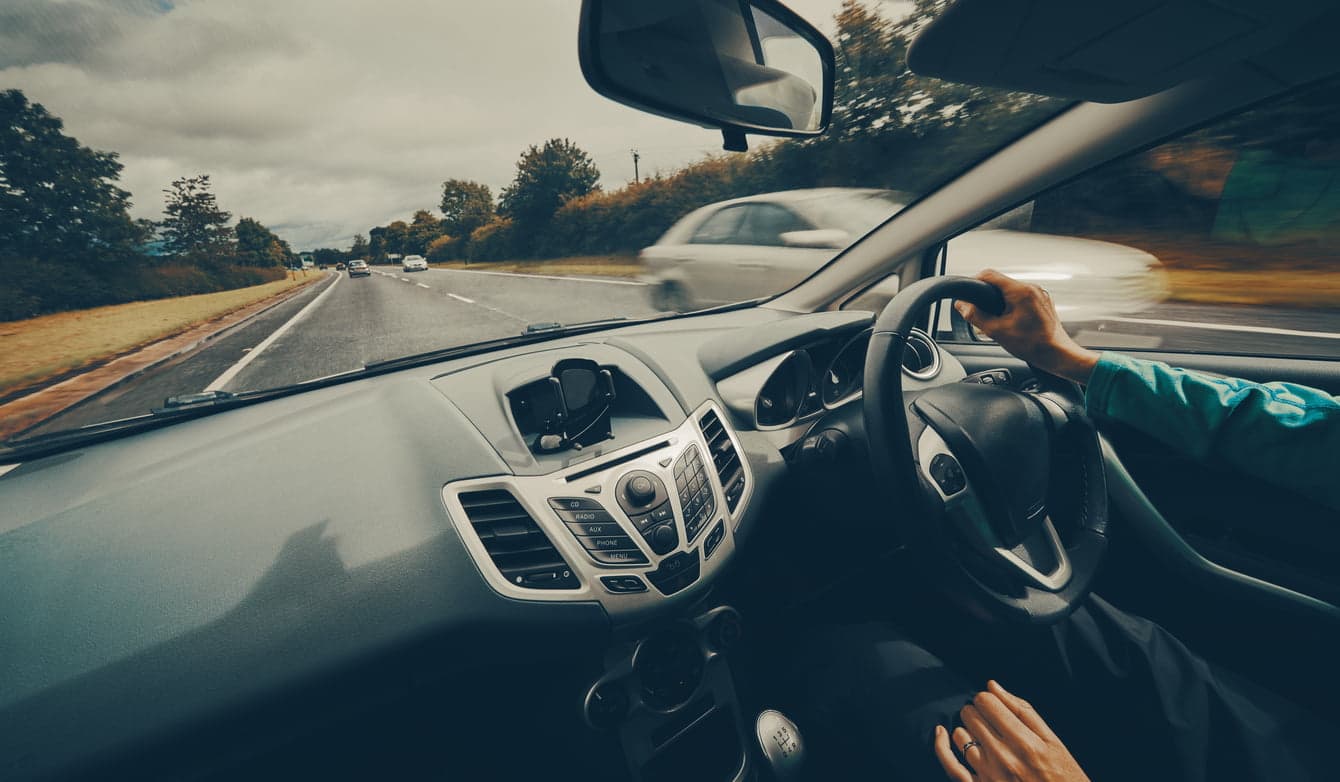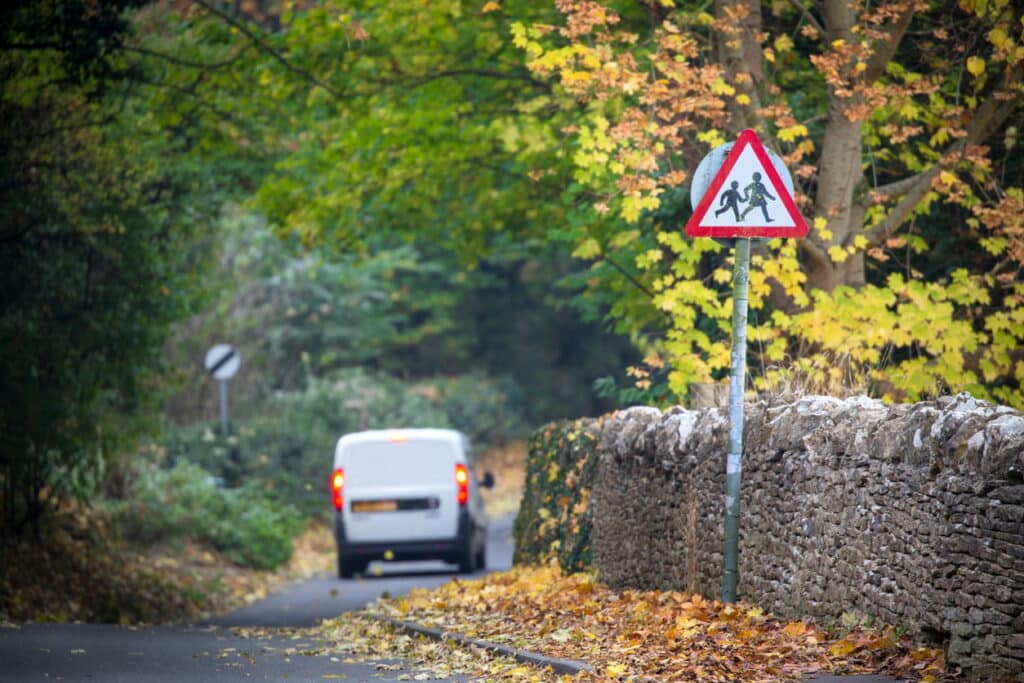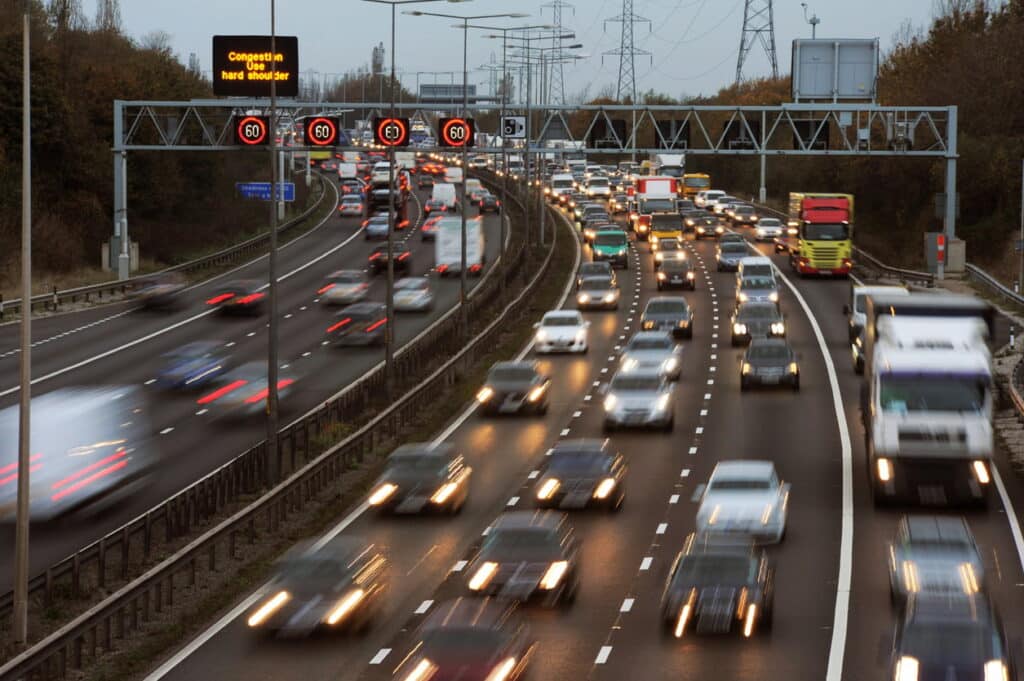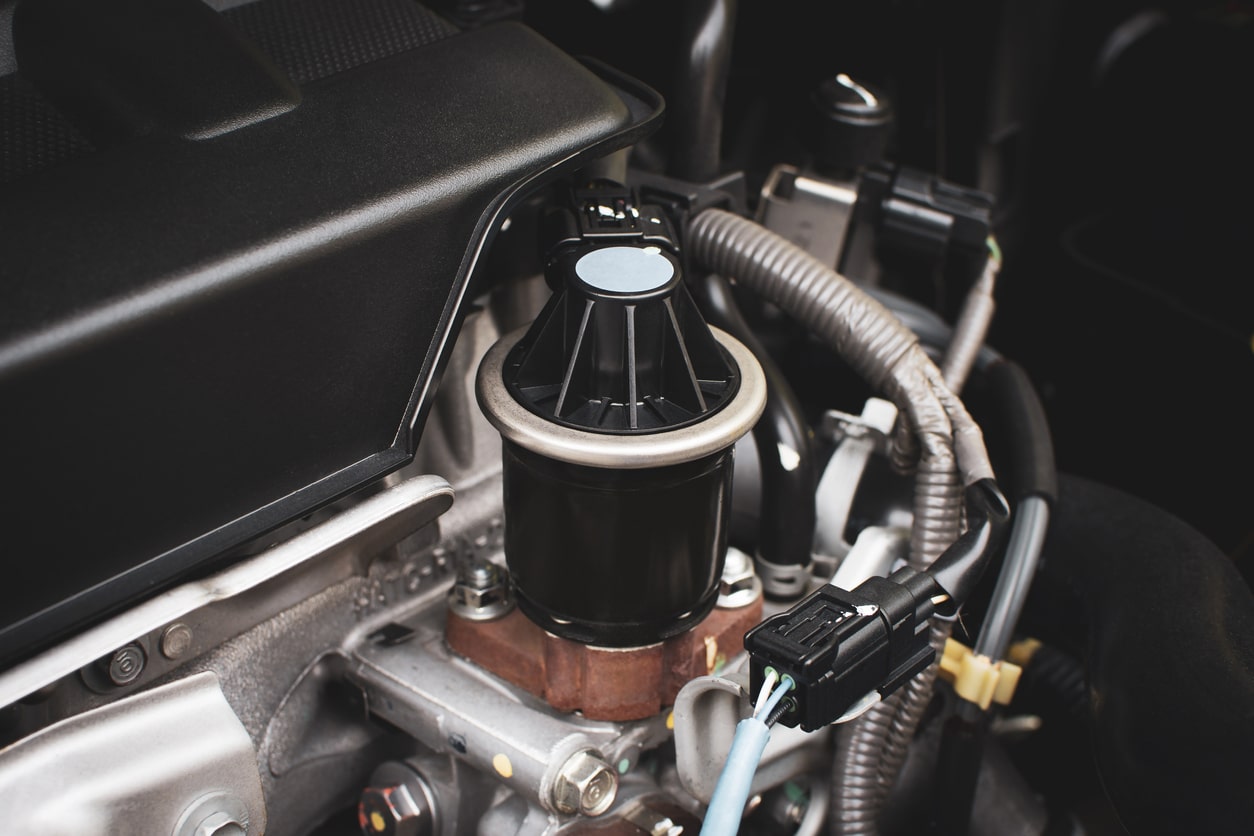Whether you’re a new driver or are driving in the UK for the first time, understanding what type of road you’re on can make a big difference. The UK has three different kinds of roads, including minor routes, major routes and motorways, and getting your head around how they differ will help you feel more confident as you navigate from A to B.
In this guide, we’re giving foreign and new drivers a heads up on the UK’s different road types, with tips and advice that can help you stay safe on motorways, B-roads and everything in between.
Quick Links
A-roads
What is an A-road?
A-roads are major roads between regional towns and cities; they can be called ‘trunk’ roads or ‘principal’ roads. There are over 28,000 miles of A-roads in the UK, and they comprise of both single and dual-carriageway roads in rural and urban areas.
How to tell if you’re driving on an A-road?
If you’re driving on an A-road in the UK, look out for the following:
- A-roads comprise of single-carriageway roads, when traffic is passing in both directions, as well as dual-carriageway roads, when the road is split by a central reservation.
- There may be footpaths or cycle lanes on A-roads, particularly in urban areas (but never on a dual-carriageway).
- A-road signs are green with white text.
- There’s an ‘A’ prefix or suffix in the route name, e.g. A1 or A1035.
- A-roads can have a mixture of different junctions, exits and roundabouts.
- It’s much more common to see standard signposts on an A-road, giving you information about hazards and routes.
A-Road Speed Limits:
- The speed limit on A-roads varies between 20mph and 70mph depending on whether you’re in an urban or rural area.
Tips for Driving on an A-Road:
- Watch out for pedestrians and cyclists on A-roads, particularly in urban areas, where cyclists are allowed to use both single and dual-carriageway roads.
- Rural A-roads can have a lot of twists and turns, so always pay attention to warning signs which alert you to sharp bends, hidden dips and junctions. The severity of a corner is displayed using black and white chevron signs; the more chevrons, the sharper the bend.
B and C-roads
What are B and C-roads?
B and C roads are classed as minor roads in the UK. They connect small towns and villages, or offer an alternate route to major roads that may be more scenic or have a site of special interest. Remarkably, B and C roads make up over 87% of total road length in the UK, with over 200,000 miles of minor roads across the country.
How to tell if you’re driving on a minor road?
- Minor roads (or non-primary routes as they’re often called) only ever have a single carriageway. Most often, there are two lanes, with cars able to pass each other, but some minor B and C roads have only one lane, with passing places to allow cars travelling in opposite directions to pass.
- Non-primary routes have white road signs with black writing.
- Pedestrians and cyclists are allowed on minor roads. In fact, you might often find pedestrians (like ramblers) walking on the side of the carriageway on small one-lane roads, when there aren’t any footpaths; definitely something to remember while driving in the countryside.
Tips for driving on minor roads
- Speed limits can vary on minor roads, but the national speed limit often applies because these types of roads aren’t policed as regularly as major routes. Be aware of sharp corners and bends, as these might not be signposted.
- Watch out for tractors and agricultural machinery when driving on minor roads in the countryside. They can emerge without notice from high hedges, so keep your distance and slow down if you’re not sure what’s around the corner.
- Be courteous of other road users on minor roads. If there’s a passing place on your side of the road, you should pull in and wait if there’s a vehicle approaching. It’s also a good idea to sound your horn once when driving around a blind corner on a one-track road, as this will tell other road users you’re there.
Motorways
What is a motorway?
Motorways are high-speed roads that link major towns and cities. There are 2,173 miles of motorway in the UK, linking the country from north to south, east to west.
How to tell if you’re on a motorway?
Here are a few things that can tell you when you’re driving on a motorway:
- There are normally three lanes, but some sections of motorway have two lanes while others have as many as five.
- Motorways always have two carriageways with a central reservation.
- There are no footpaths or cycle lanes on the motorway.
- The hard shoulder on the left-hand side is for emergencies.
- Motorway signs are blue with white text.
- There’s an ‘M’ prefix or suffix in the route name, e.g. M6 or A1 (M).
- Overhead gantries provide lane closures and information.
- Smart motorways have variable speed limits which are adjusted in line with the flow of traffic.
Tips for driving on a motorway
- The national speed limit for motorways is 70mph, however, this may vary if you’re driving on a smart motorway.
- Motorway junctions and exits are given numbers to make navigation easier. They’re also announced by signpost markers at 100-yard intervals, prompting drivers to move into the left-hand lane.
- UK motorways are free to use, except for the M6 Toll which goes around Birmingham.
- Service stations give drivers the chance to refresh and refuel during motorway journeys; take a look at our guide on the best motorway stop-offs in the UK.
- Slow vehicles, like bicycles and tractors, aren’t allowed on motorways, and neither are pedestrians.
- Always drive in the left-hand lane of the motorway when not overtaking. You could be fined by the police for driving in the middle or right-hand lane if you don’t need to; this is known as ‘lane hogging’.
For more motoring tips and advice, check out the Holts blog. Or, if you’d like to learn about our range of DIY car maintenance products, visit the homepage.





